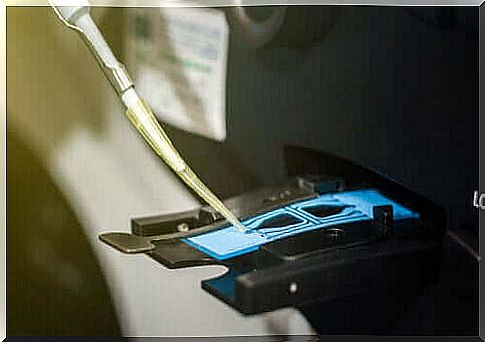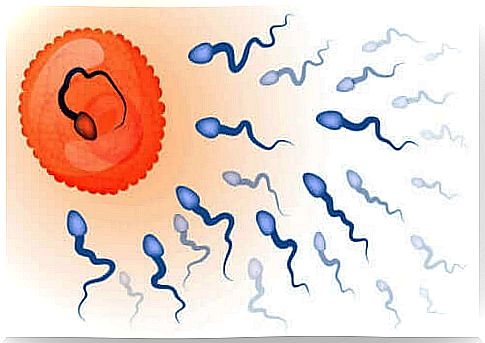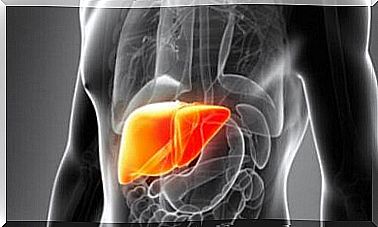Interpretation Of Semen Analysis Results

Interpretation of semen analysis results is usually the responsibility of the physician examining the patient. However, there are people who want to interpret this information in general.
Semen analysis is a procedure in which a laboratory technician takes a semen sample in order to analyze the quality and structure of a man’s semen.
The test results reveal numerous things about male fertility. The physician requires such an examination to be performed when infertility is suspected on the basis of interpretations due to pregnancy failure. The doctor analyzes different factors for the woman and the man.
The results of a separate semen analysis are difficult to interpret without proper training. This is because the study is based on a larger context that also includes hormones and genetics. There are certain complementary methods involved in determining them.
Evaluation of semen results by macroscopy
The macroscopic results of semen analysis are determined by the visual side of the semen. This includes total ejaculation, color, and viscosity.
The amount of ejaculation for fertilization should exceed an average of 1.5 ml. The sample must naturally become a liquid after 20 minutes without the intervention of the biochemist.
When it comes to semen color, transparency is not a good sign. It may be a sign of the white blood cells in the semen – the normal color varies from gray to yellow.
Viscosity is also one parameter that appears in the results of semen analysis. The researchers measure it using the durability of the semen fibers artificially formed in the sample. When the semen is very sticky, the problem is usually caused by the prostate.

Performing semen analysis by microscopy
In addition to macroscopic factors, microscopic factors are also involved in semen analysis. However, their interpretation is more difficult, as researchers need to measure biochemical parameters, which include the following:
- Mobility. Researchers should analyze how many sperm out of the total amount are moving and whether their speed is sufficient to reach the area where fertilization is taking place. At least 40% of the sperm in the sample should be able to move to allow pregnancy.
- Content. This refers to the amount of sperm in the semen. Many laboratories report its number of cells per milliliter of semen – normally at least 15 million.
- Form. Sperm must be normal in shape so that they are not considered exceptional. This is the case for all cells in the body, and sperm are no exception. The results of semen analysis reveal what percentage of the total sample corresponds to normal-shaped cells.
- Vitality. The measurement of this parameter varies depending on the laboratory performing the test.
In addition to the method used, the study also determines how many sperm are alive and how many of them die. More than half of the sample should contain viable sperm for normal results.

Abnormal semen analysis results
As the interpretation of the results of the semen analysis approaches the end, a summary of the laboratory interpretation in relation to the sample is obtained. Researchers use specific technical terms to describe the status of a semen sample they receive for analysis.
This is certainly not the most important step in semen analysis, but it does provide important information for the doctor to make a decision. It is the best diagnosis a doctor can get.
If azoosperm is detected in the semen analysis, it is due to the absence of sperm in the sample. In this case, the situation is serious and reveals that the man does not produce those cells, making fertilization impossible.
Oligospermia can also be mentioned in the report. In this case, there is less sperm than is required for normal fertilization. Even if the number of sperm is sufficient, the cells may be immobile, leading to asthenozoospermia.
Necrospermia is also a serious situation that requires further investigation. In this case, the biochemist finds several dead sperm in the semen. Of course, they have no vitality or mobility at all.
This test is not conclusive in itself
The interpretation of semen analysis results should be left to the professional, as it should be combined with other complementary methods for making the diagnosis. This is a very subtle subject and its proper handling is important to avoid confusion.
After obtaining the results of the semen analysis, the expert should interpret it based on the parameters considered normal. So let the doctor interpret the results. He knows how to act in the right way depending on the individual case of each patient.









